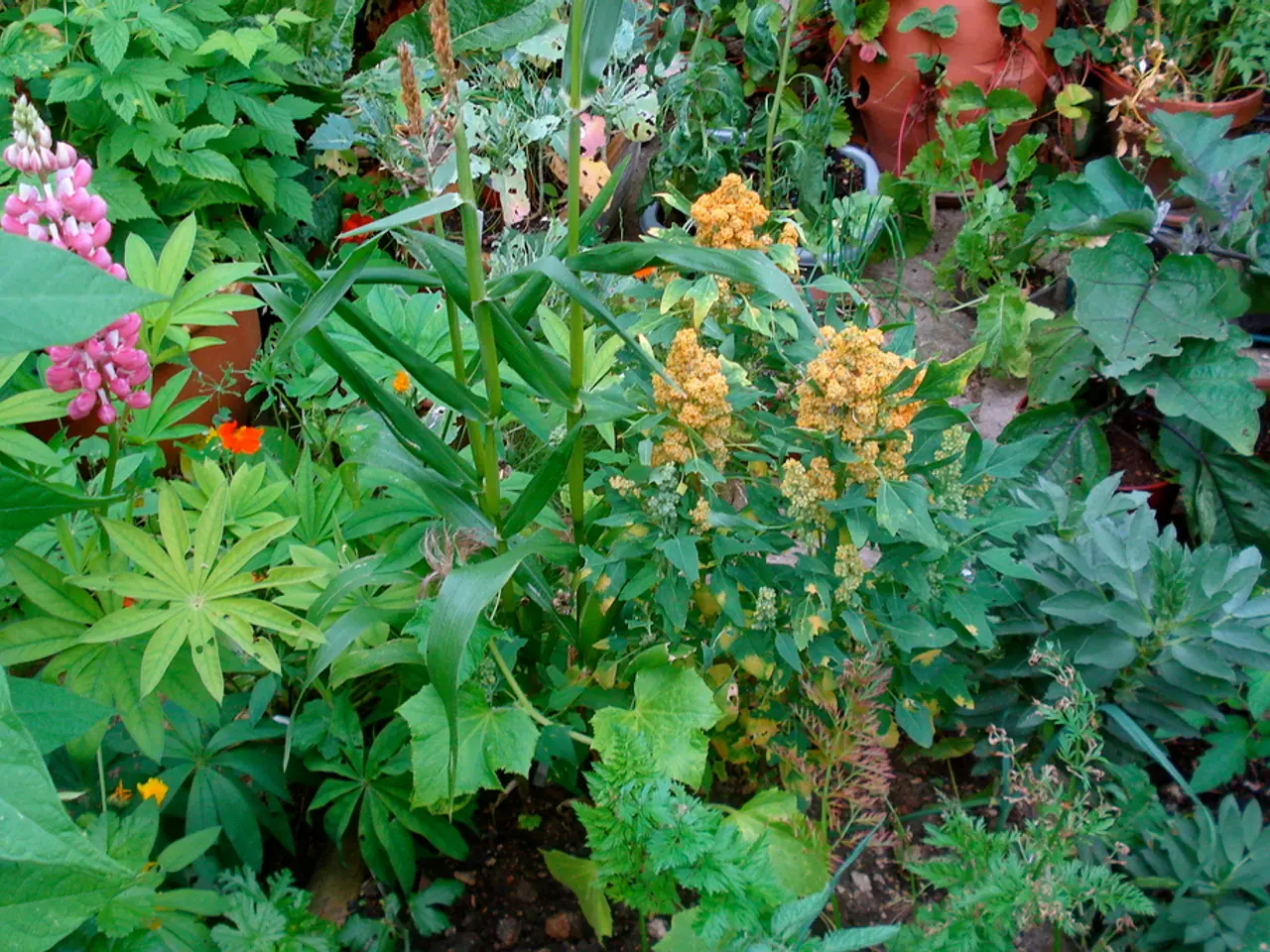Exploring the Psychological Impacts of Plant Therapy and Enhancing Mental Health through Floral Interactions
In the hustle and bustle of modern life, finding moments of tranquility and mindfulness can sometimes feel elusive. However, a growing body of evidence suggests that tending to plants, a pastime often dismissed as mere decoration, could hold the key to enhancing mental clarity and well-being.
This connection between humans and plants, known as therapeutic horticulture, is gaining recognition as a powerful tool for stress relief and relaxation. Restorative habitats like gardens and parks, designed to mimic nature, provide a therapeutic setting for city dwellers yearning for a touch of the outdoors.
The allure of plants and natural landscapes lies in their aesthetic appeal, eliciting feelings of wonder and admiration. But it's not just about beauty; plants stimulate the production of serotonin, a neurotransmitter associated with feelings of joy and well-being. The gentle sound of raindrops and the earthy scent of wet soil can evoke feelings of calmness and renewal.
Caring for plants requires patience and attentiveness, fostering mindfulness and enhancing focus and mental clarity. Engaging multiple senses through touch, smell, and even taste can be therapeutic, offering a sensory experience that goes beyond visual appeal.
In urban environments, limited access to natural settings intensifies the yearning for nature and plants. Fortunately, urban green spaces of interest for therapeutic horticulture abound. Community gardens, healing gardens, urban parks, rooftop gardens, and green corridors provide city residents with opportunities to immerse themselves in nature, reducing stress, improving mental health, and enhancing overall well-being.
Seasonal affective disorder (SAD), a condition characterized by mood changes with the seasons, particularly during the dark days of winter, is another area where plants can make a difference. The sight of blooming plants and the gentle glow of sunlight can help combat the feelings of depression and lethargy associated with SAD.
Indoor plant care can be a simple yet effective way to enjoy the benefits of therapeutic horticulture. Starting a garden, even in small spaces, offers a hands-on opportunity to connect with plants and nature. Watching a plant or even a garden thrive and flourish provides a sense of accomplishment and purpose, boosting self-esteem and confidence.
The biophilia hypothesis suggests that humans have an inherent and evolutionary connection with nature and living organisms, including plants. This connection can contribute to mental relaxation, comfort, and healing. Even in the unpredictable weather of city life, the connection with plants remains a constant source of solace and rejuvenation.
In a world where stress levels are on the rise, embracing therapeutic horticulture could be a step towards a calmer, more mindful life. So, whether it's tending to a garden or simply nurturing a houseplant, remember that plants are more than decorative items; they are a lifeline to well-being in the midst of contemporary life.
Read also:
- EU Faces Demand from Protesters to Halts Incineration of American-Owned Birth Control Products
- MERS (Middle East Respiratory Syndrome): A Comprehensive Overview and Treatment Guide
- Strategies to Maintain Optimal Eye Health Throughout Aging Process
- Hearings on the HHS Budget Detail a Fresh Approach for Public Healthcare Policies





